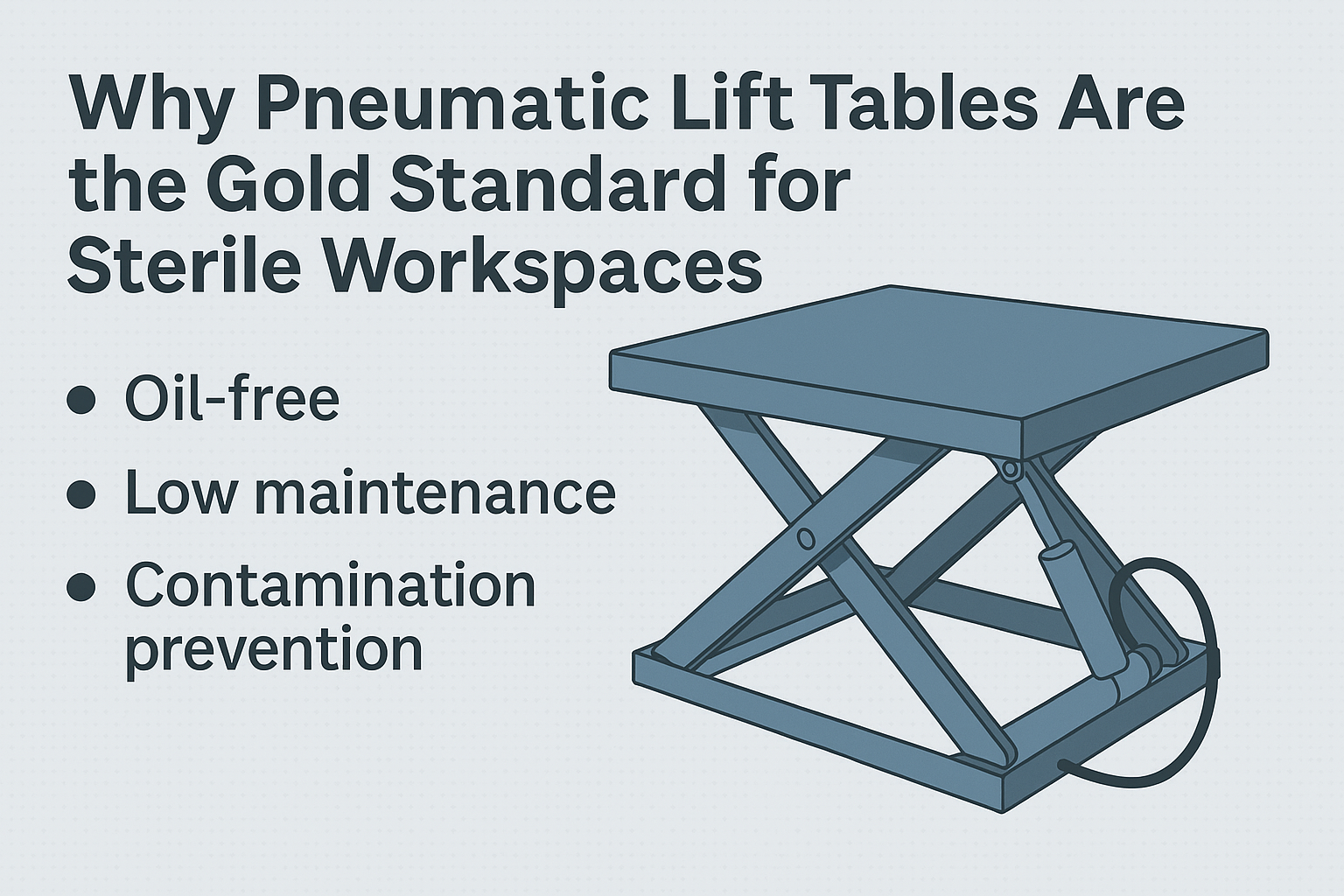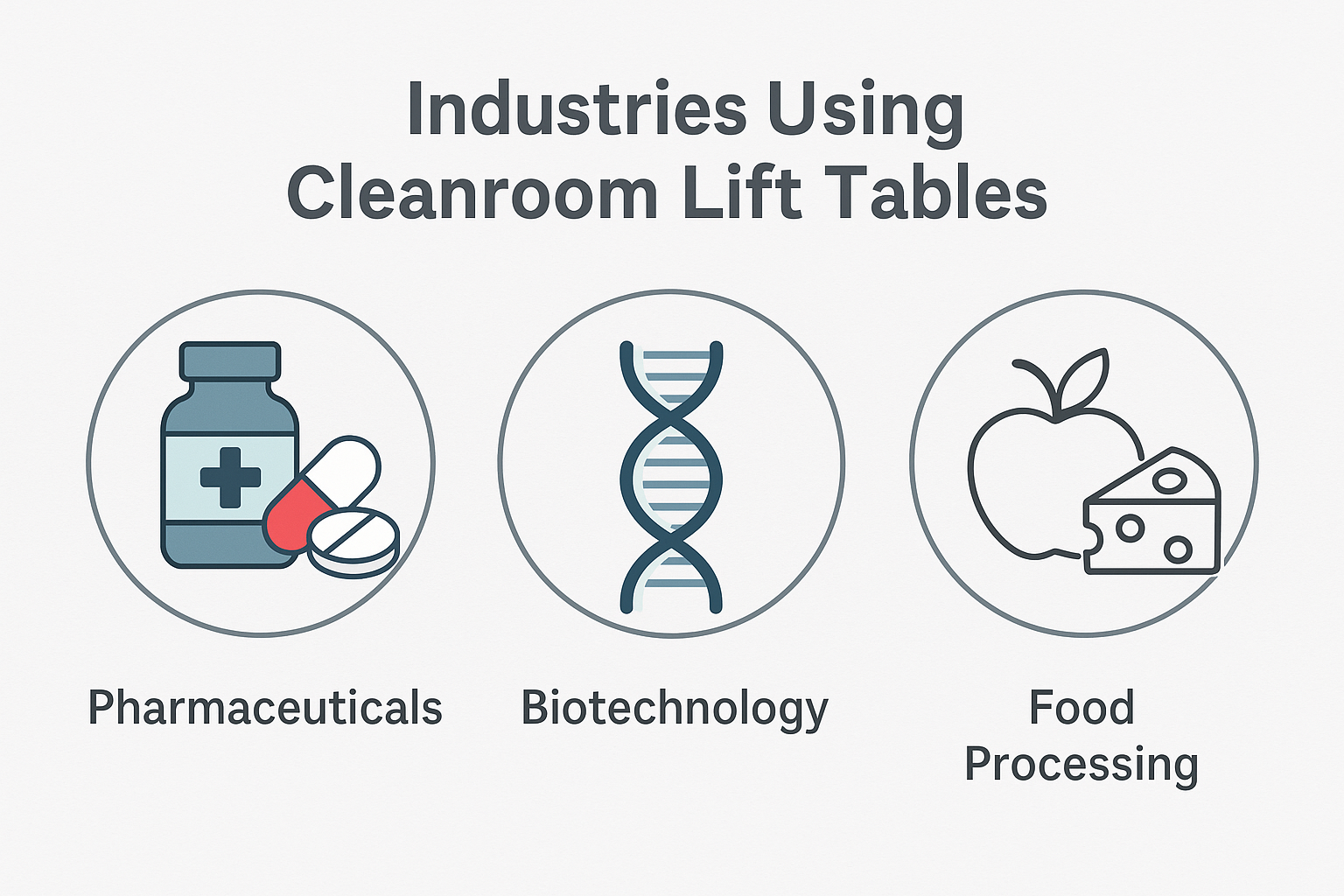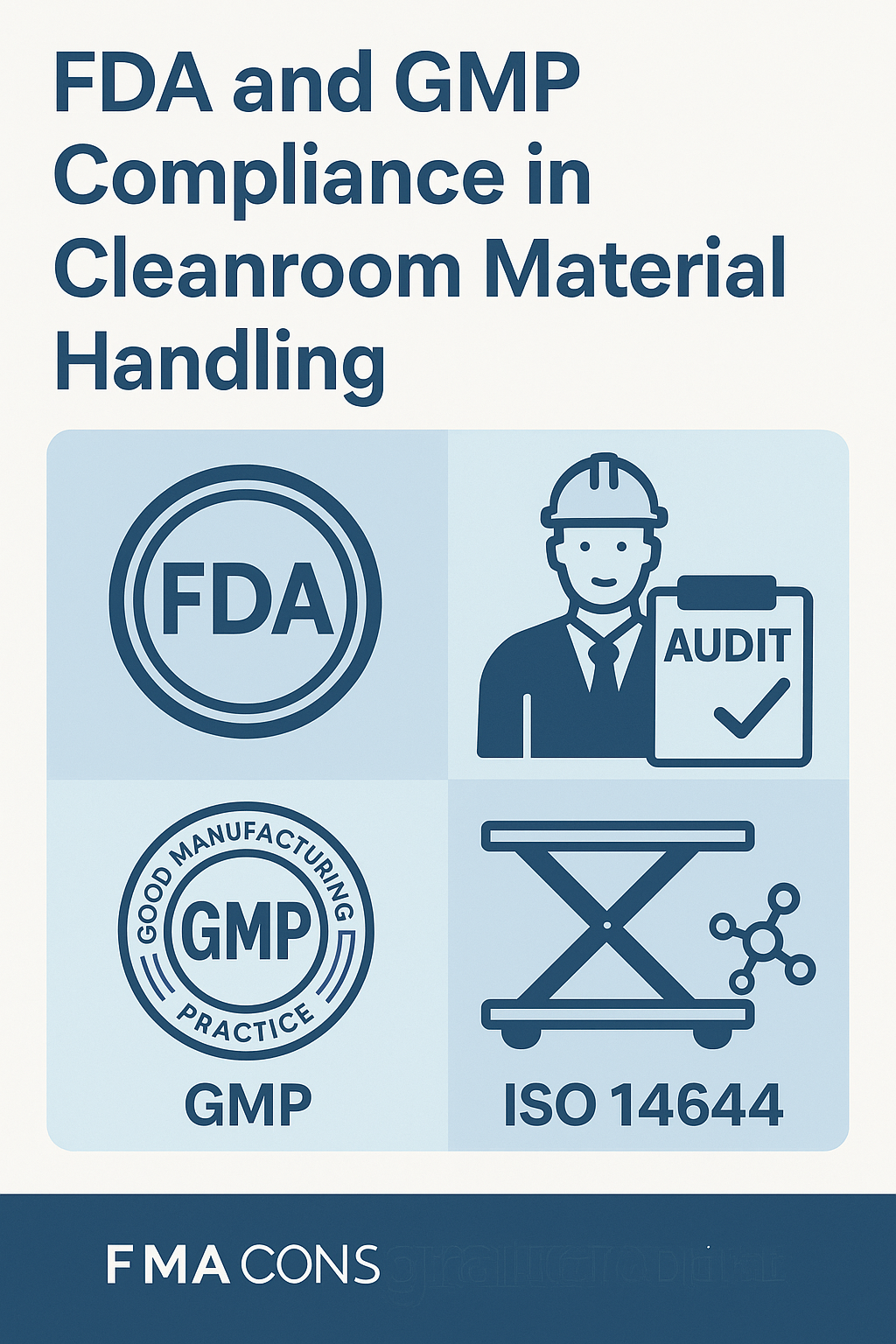
Why Pneumatic Lift Tables Are the Gold Standard for Sterile Workspaces
Explore why pneumatic lift tables outperform hydraulic and electric options in sterile environments. Clean, safe,
An analysis of crane accidents by OSHA states that an average of 71 fatalities occurs each year in crane-related accidents.
The most common reasons for these incidents include the crane tipping over, the operator falling, cranes colliding with one another or an electrical fault.
In all these instances, the cranes are handled by trained and competent professsionals.
While accidents cannot be avoided, we can still take steps to mitigate the risks.
Here are some tips to guide you through.
A crane in the hands of an amateur operator can spell disaster. It’s safer (and better for business) if an operator with proper certification is hired to handle the crane, especially since they’ll know the right set-up for specific circumstances and loads.
An annual inspection of the crane is just the start. When working with such large machinery, the operating functions must be inspected daily so a defect or crack doesn’t go unnoticed. Cranes are made of different materials now than those that were manufactured 10 years ago. Modern cranes cannot withstand excess load as cranes did a few years ago, and can in fact, create dangerous situations if not handled properly.
The outrigger of a crane can only support the machine if the soil is stable enough. If the soil is not strong enough, the force of the crane can end up punching a hole into the ground, causing the crane to tip over.
The boom travel and counterweight have a distinct arc, which is known as the swing radius. When working with a crane, it’s crucial that the radius is properly barricaded off within a control zone. Make sure there are no objects within range of the boom that might strike the machine, such as power lines or poles.
Use hand signals, air horns or radios – whichever method you use, it’s important that the crane operator uses clear communication to convey their message to the workers. This is especially important if the operator is handling a load they cannot see.
By maintaining clear communication, the operator can make sure there are no safety issues or roadblocks. However, be sure to follow OSHA guidelines and educate everyone on what those signals are.
Unless the man basket has been tested and addressed before work is due to begin, it might be better to skip its use altogether. The safety of your workers depends on proper handling of the basket and the skills of your operator. A simple mistake could have devastating consequences. Using a scissor lift or an articulating boom lift would be a safer option.
It’s quite common for laborers to leave a compressor or some other piece of machinery attached to the crane for safekeeping. But this practice can be very risky. Not only is it a danger to anyone who walks underneath it, strong winds can even cause such a load to sway – which can end up toppling the crane and cause extensive damage.
Always follow these tips before using or even buying an industrial crane!
To learn more about cranes or to order one from a well-known supplier, contact (727) 490-8839 to get in touch with a representative from Industrial Man Lifts.

Explore why pneumatic lift tables outperform hydraulic and electric options in sterile environments. Clean, safe,

From pharma to semiconductors, see how top industries use cleanroom lift tables to maintain compliance,

Understand what makes a lift table truly FDA and GMP compliant. Explore the must-have features,
Copyright 2025 All Rights Reserved – Industrial Man Lifts